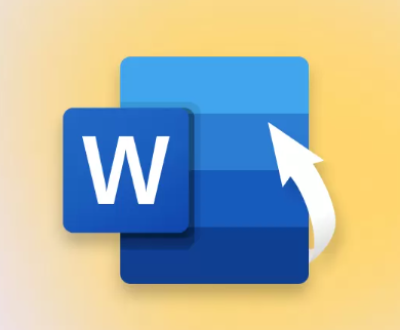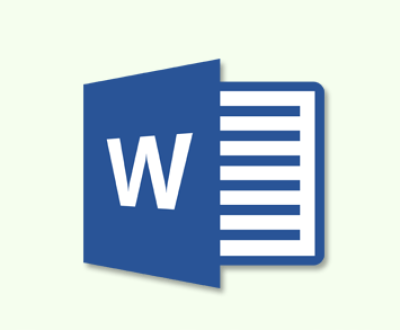For Windows
Use File Explorer Search:
Open File Explorer by pressing Windows Key + E.
Navigate to the folder where you might have saved the PDF file or to a location like “Documents” if you’re unsure.
In the search box in the top right corner, type *.pdf to search for all PDF files in that location.
If you want to narrow down by size, you might need to search based on file size or date modified. However, there isn’t a direct way to search by word count.
Search Using Windows Indexing:
Windows Indexing can search the content of your PDFs if the PDF reader has been integrated with the indexing service.

Go to Control Panel > Indexing Options.
Click on Advanced, then File Types, and ensure that PDF files are set to be indexed.
After configuring indexing, use the search box in File Explorer and type keywords you might expect to find in the document.
Use a PDF Reader with Search Capability:
Open a PDF reader like Adobe Acrobat Reader.
Use the “Open” function to browse for PDF files on your computer.
You can then use the “Find” or “Search” feature in the PDF reader to look for specific text or keywords.
For macOS
Use Spotlight Search:
Press Command + Space to open Spotlight.
Type kind:pdf followed by any keywords you might expect to find in the PDF.
Spotlight will list all PDF files that match your search. You can then open them to check their content.
Use Finder Search:
Open Finder and navigate to the folder where you might have saved the PDF or to a broader location like “Documents”.
In the search bar at the top right, type pdf to list all PDF files.
To search within PDF files, click on the + button below the search bar, then select “Contents” from the dropdown menu to search within the PDFs.
Use a PDF Management Tool:
Tools like Adobe Acrobat or PDF Expert allow you to search for specific text within PDFs and can help you locate documents with particular content.
Check File Metadata:
If you know the file size, you might be able to filter by size. While not directly related to word count, a file of about 2000 words may have a certain size that can help narrow down your search.
About us and this blog
Panda Assistant is built on the latest data recovery algorithms, ensuring that no file is too damaged, too lost, or too corrupted to be recovered.
Request a free quote
We believe that data recovery shouldn’t be a daunting task. That’s why we’ve designed Panda Assistant to be as easy to use as it is powerful. With a few clicks, you can initiate a scan, preview recoverable files, and restore your data all within a matter of minutes.
Subscribe to our newsletter!
More from our blog
See all postsRecent Posts
- How to recover accidentally deleted files 2025-07-01
- How do i recover a file i accidentally deleted 2025-07-01
- How to recover an accidentally deleted file 2025-07-01

 Try lt Free
Try lt Free Recovery success rate of up to
Recovery success rate of up to









